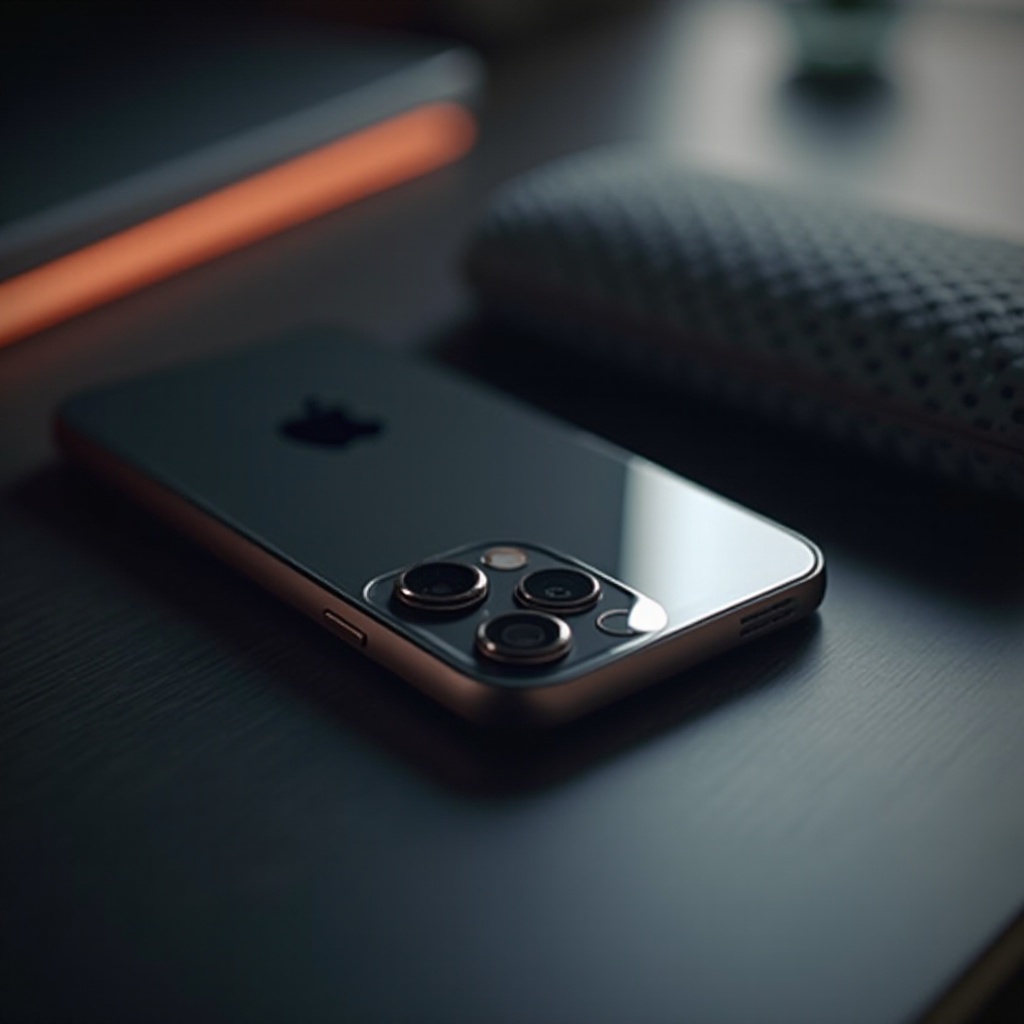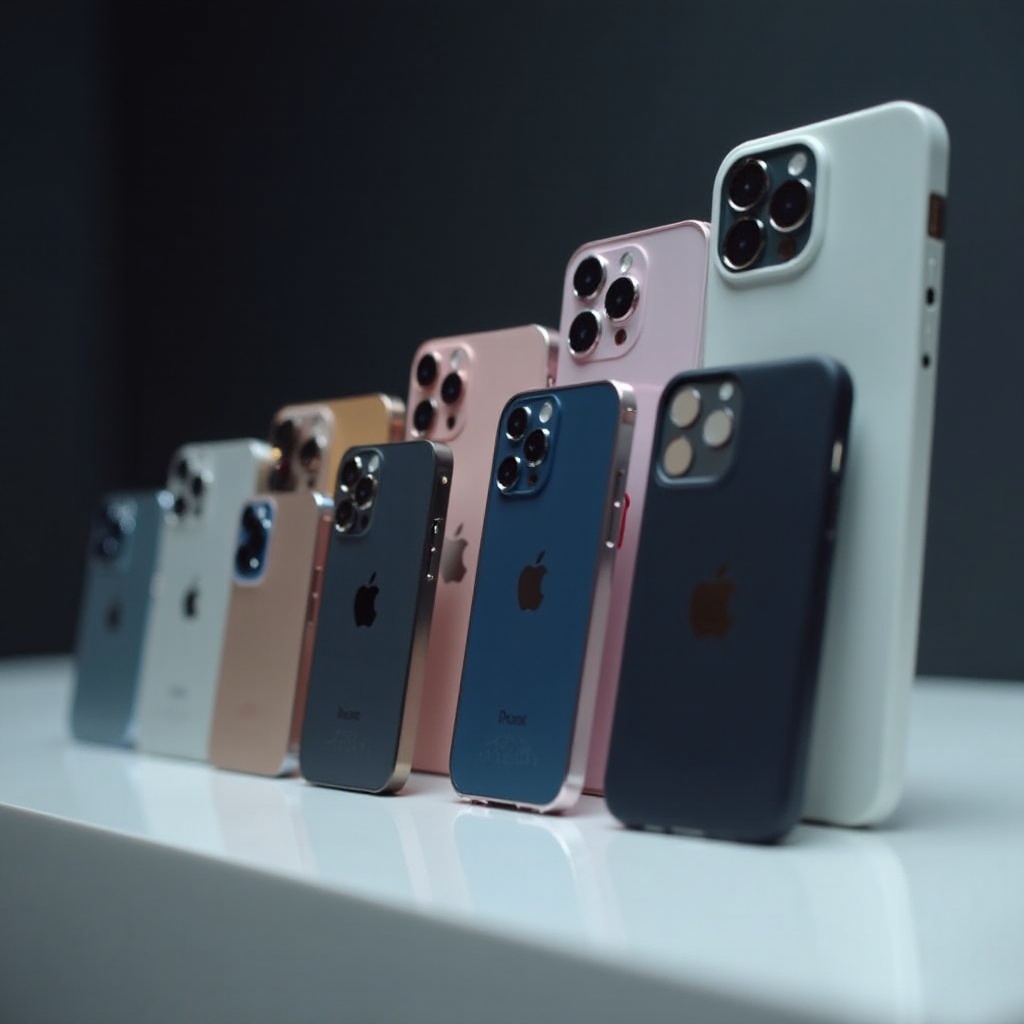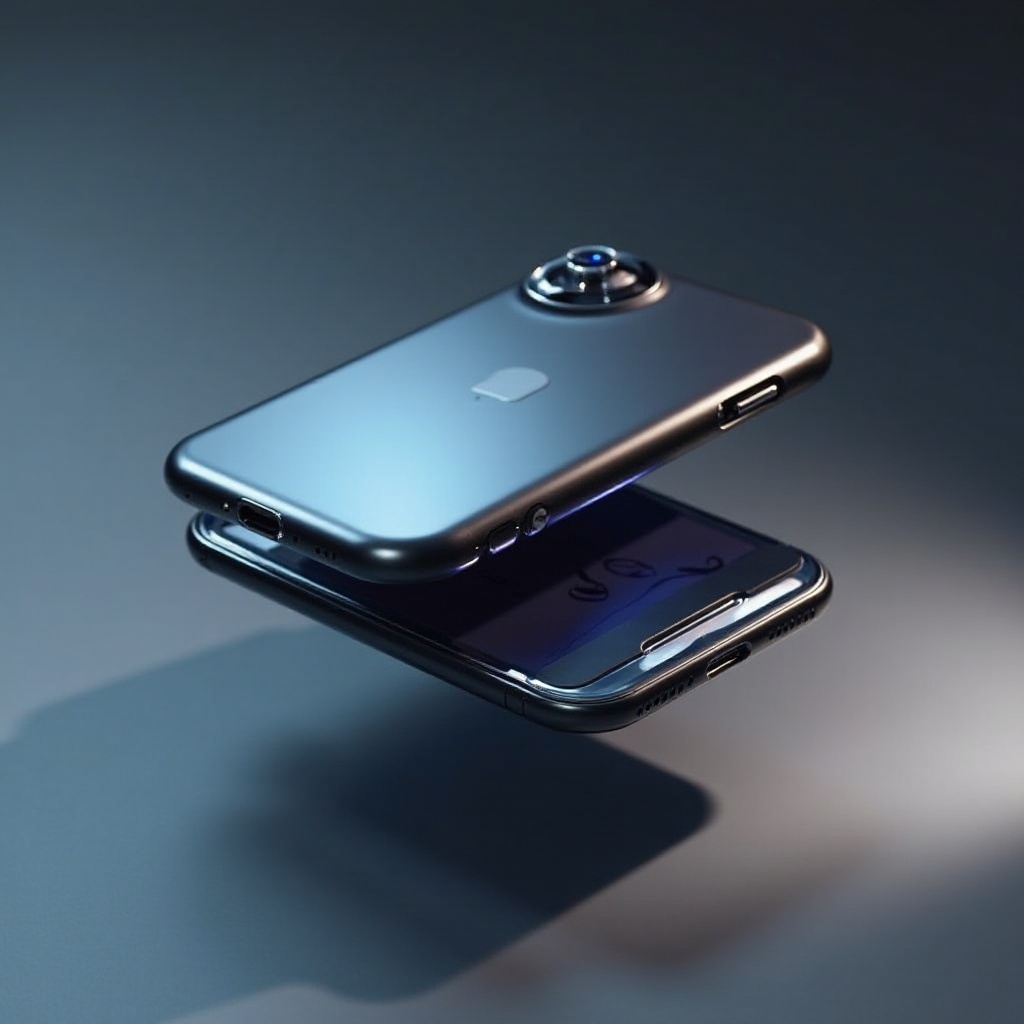
Introduction
Apple’s innovations have always led the tech industry towards newer horizons. iPhone models, over the years, have set benchmarks not just in functionalities but also in design aesthetics. The latest buzz in the market is about the iPhone 16’s built-in case concept. What does this mean for users and the market? This blog delves into the design evolution, practical implications, and possible future trends sparked by this unique integration.

The Evolution of iPhone Designs
The journey of iPhone designs has been one of consistent innovation. Starting from the classic iPhone’s minimalist design to the groundbreaking iPhone X, which did away with the home button and introduced Face ID, Apple’s design philosophy has always embraced the future.
Each iteration saw improvements not only in technology but also in aesthetics. With the introduction of ceramic and glass back panels, alongside sturdy aluminum and stainless-steel frames, the iPhone has set the benchmark in mobile design. Now, the iPhone 16 aims to revolutionize yet again with its built-in case. This continues the trend of merging functionality with sleek aesthetics in an ever-evolving tech landscape.

Understanding the Built-In Case Concept
The concept of a built-in case is a departure from the norm. Unlike traditional cases, which are added externally, a built-in case is integrated into the phone’s design. This means the iPhone 16 has been constructed in such a way that it includes the protective elements of a case within its body.
The integrated case concept involves using materials that are both protective and aesthetically pleasing. It provides seamless protection without the bulk that traditional cases add. This integration promises durability and protection against everyday wear and tear, all while maintaining the slim profile for which the iPhone is known. This innovative design choice likely stems from user feedback seeking a more elegant, hassle-free way to protect their devices.

Practical Implications for Daily Use
A built-in case has several practical applications and benefits for daily users. Firstly, it eliminates the need for purchasing and maintaining external cases, which can be cumbersome and an added expense. Here are some practical benefits:
- Ease of use: With an integrated case, users can experience the sleek design of the phone as intended without the bulk of an external case.
- Durability: The materials chosen for an integrated case are likely to be those that offer both flexibility and strength, protecting the device from drops and scratches.
- Cost-effective: Users save money in the long run by not needing to buy additional protective gear for their phones.
- Aesthetics: The built-in case ensures the phone’s design remains uninterrupted, catering to both functionality and style.
- Convenience: It simplifies accessory use, as users won’t have to worry about compatibility issues that arise from different case thicknesses.
However, this innovation isn’t without its challenges. For instance, users who enjoy customizing their phones with different case designs may find this limiting. The expectation from the market is a balance between functionality and personalization, which Apple has to manage carefully.
Market Impact and Future Trends
The market impact of an integrated case in a flagship model like the iPhone 16 is significant. It sets a new precedent for smartphone design, potentially influencing other manufacturers to follow suit. This shift could mark a significant change in the accessory market, particularly for third-party case manufacturers who may need to pivot their business models.
Following the topic of practical implications, let’s examine how this might resonate with the broader tech ecosystem. Future trends may see a rise in modular designs where users can swap out built-in cases or add-ons to personalize their phones. Another possibility is that the materials used for these cases could integrate new technologies, such as self-healing polymers or advanced coatings that further enhance the phone’s durability.
Conclusion
The iPhone 16’s built-in case is a bold step towards unifying design and functionality. While it introduces several benefits in terms of protection, user experience, and cost savings, it also poses challenges for personal customization. The ripple effects of this innovation will likely influence future smartphone designs and accessory markets, leading to new trends and opportunities.
Frequently Asked Questions
Does the iPhone 16 have a built-in case?
Yes, the iPhone 16 does have a built-in case. This means that the protective features are integrated into the phone’s design, offering built-in durability and style without the need for an external case.
What are the pros and cons of a built-in case on the iPhone 16?
Pros:
– Seamless design: Maintains the phone’s sleek aesthetics.
– Cost-effective: Eliminates the need for additional case purchases.
– Durability: Built-in protection against wear and tear.
– Convenience: Simplifies accessory compatibility.
Cons:
– Customization limitations: Users cannot change cases to suit personal styles.
– Repair complexity: Potentially more complex repairs if damage occurs.
Will the built-in case concept affect the phone accessory market?
Yes, the built-in case concept will likely impact the phone accessory market. Traditional case manufacturers may see a decline in demand for external cases. However, this could also lead to the growth of other innovative accessories or enhancements that complement the built-in protection, such as modular add-ons or specialized protective coatings.
